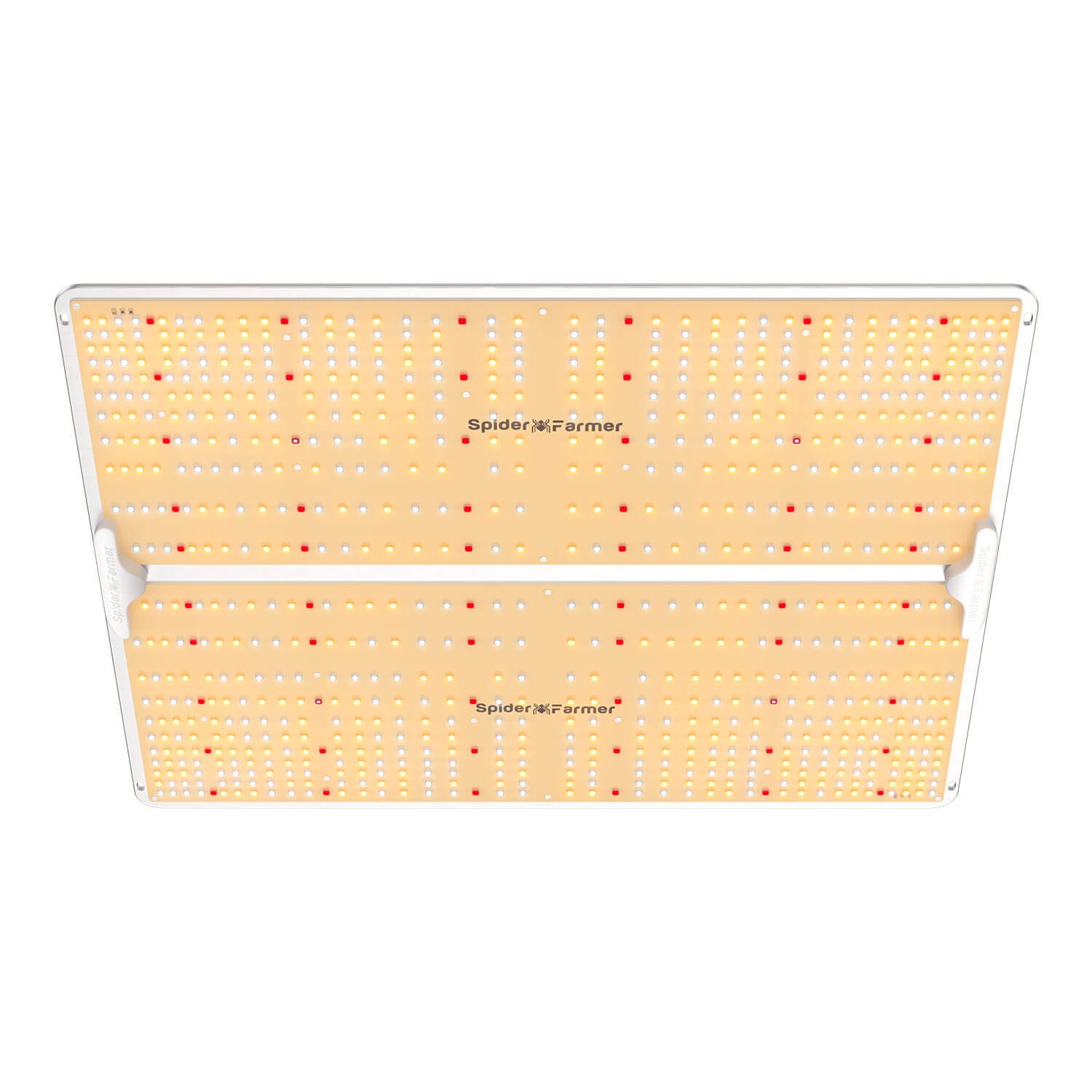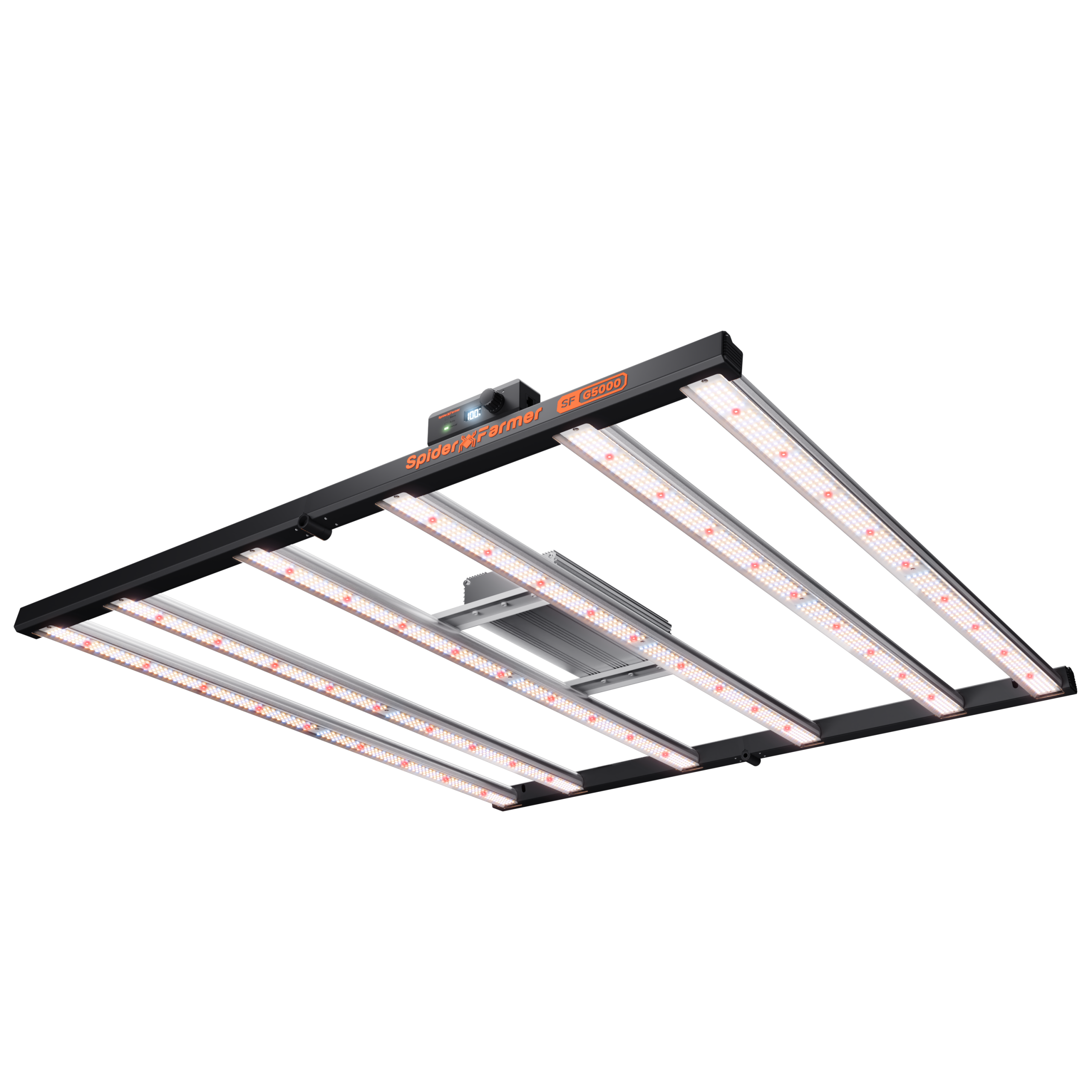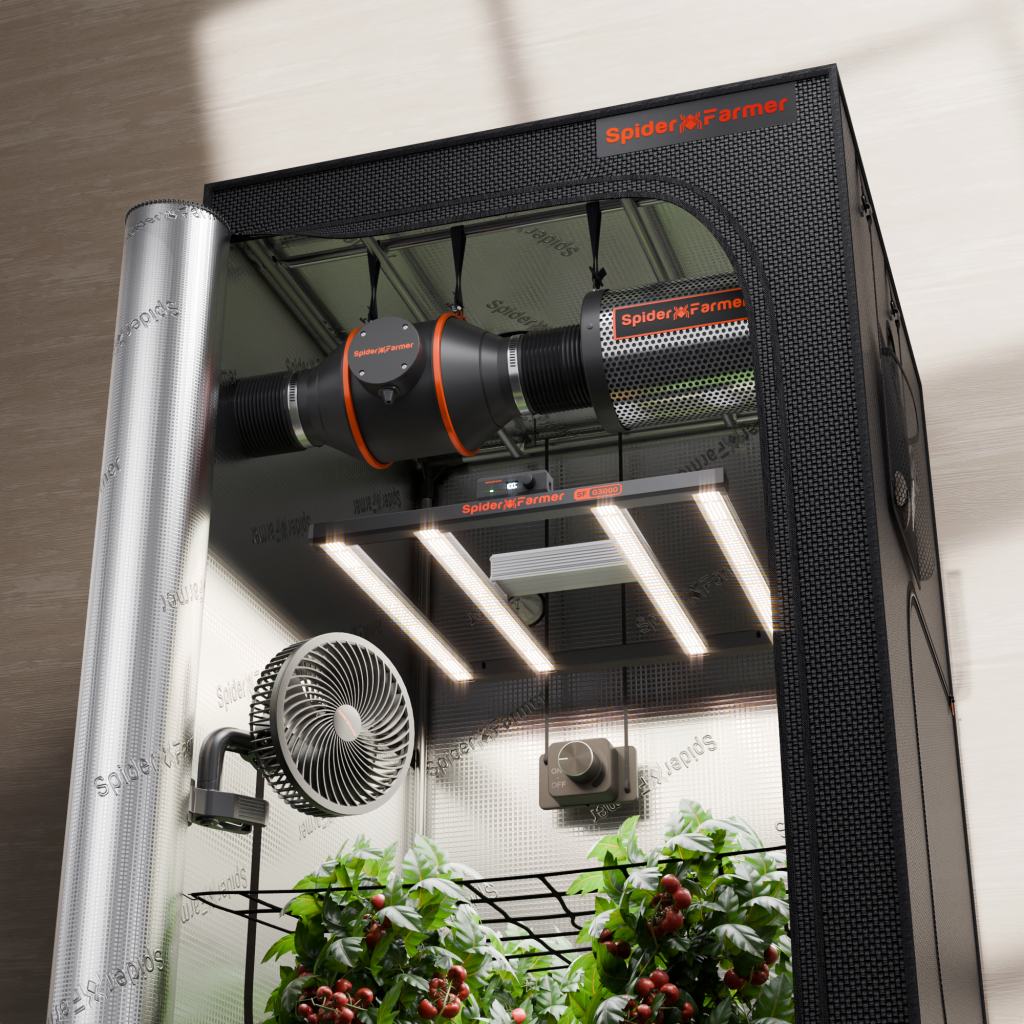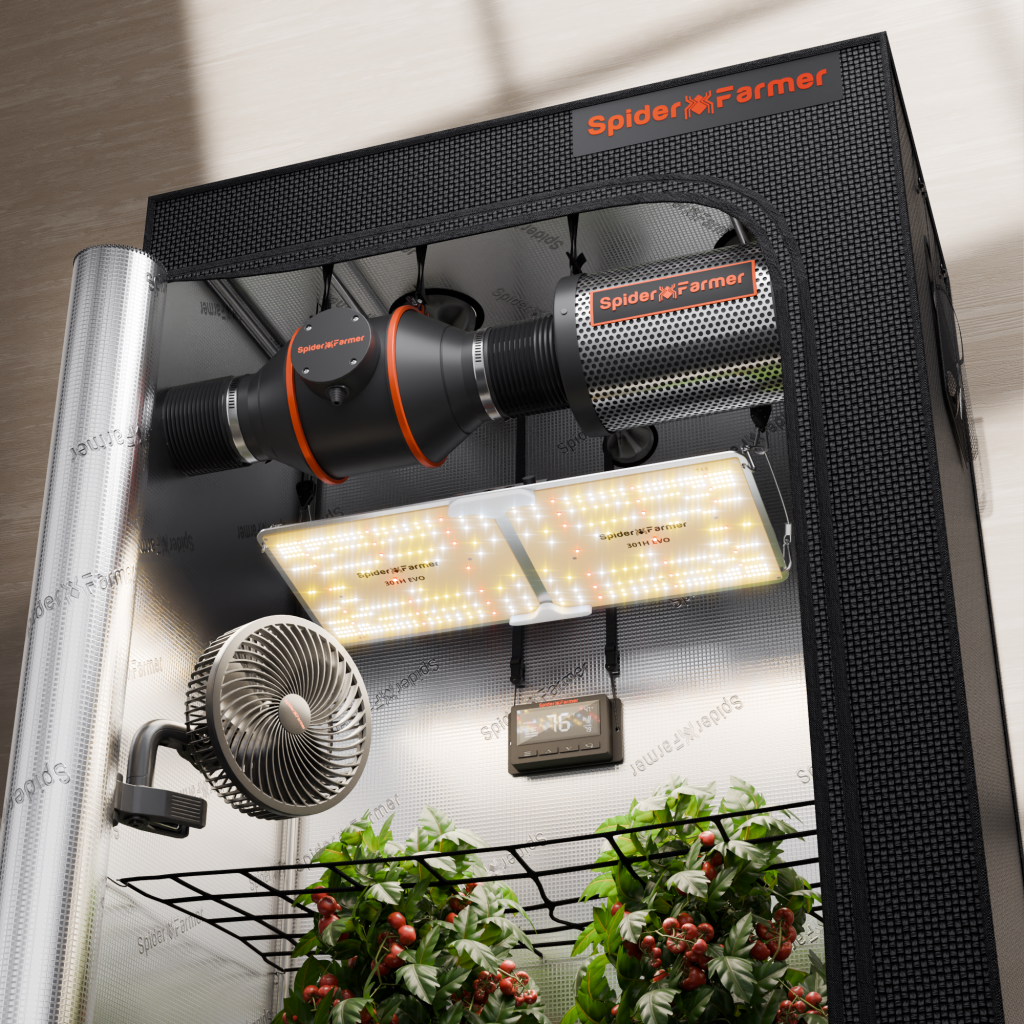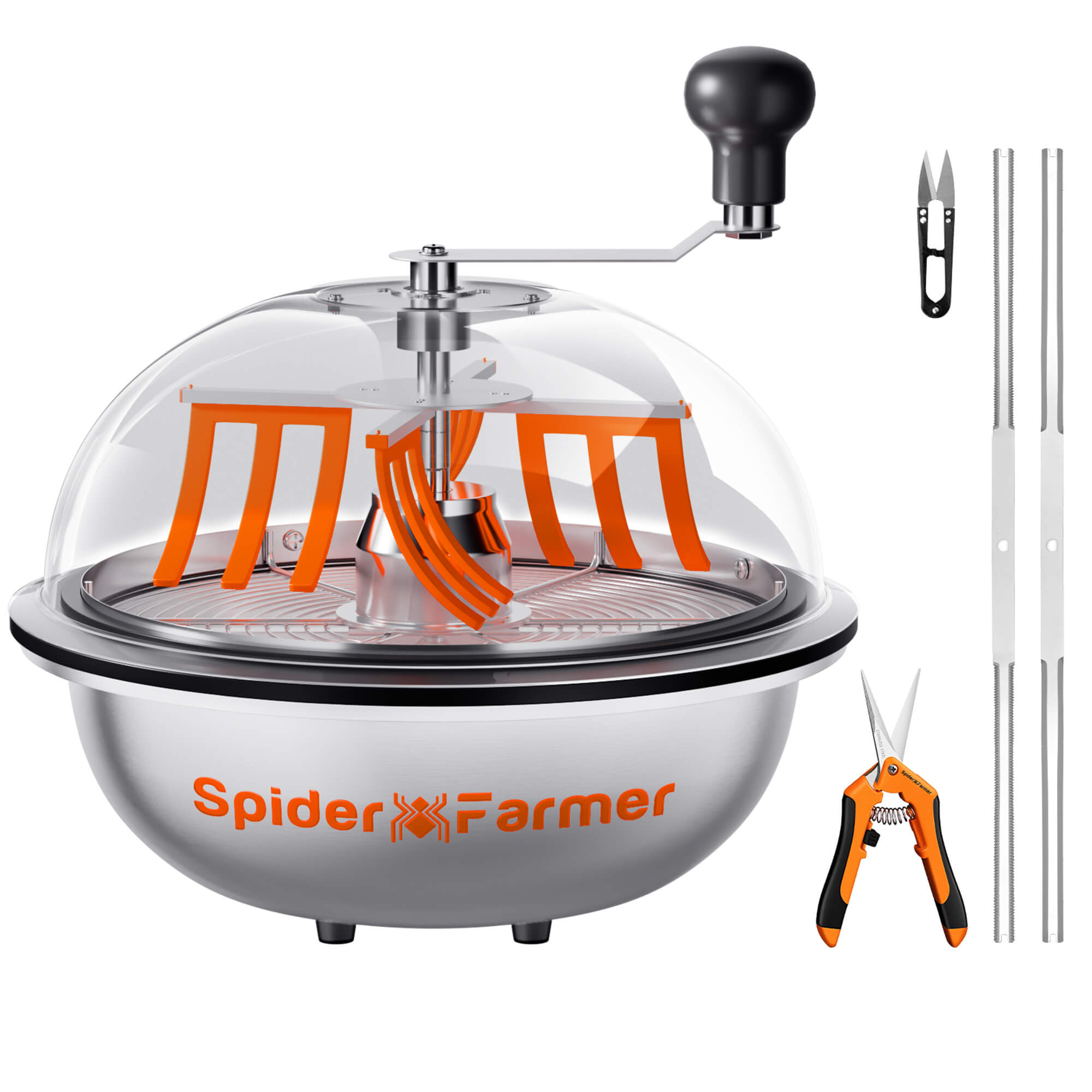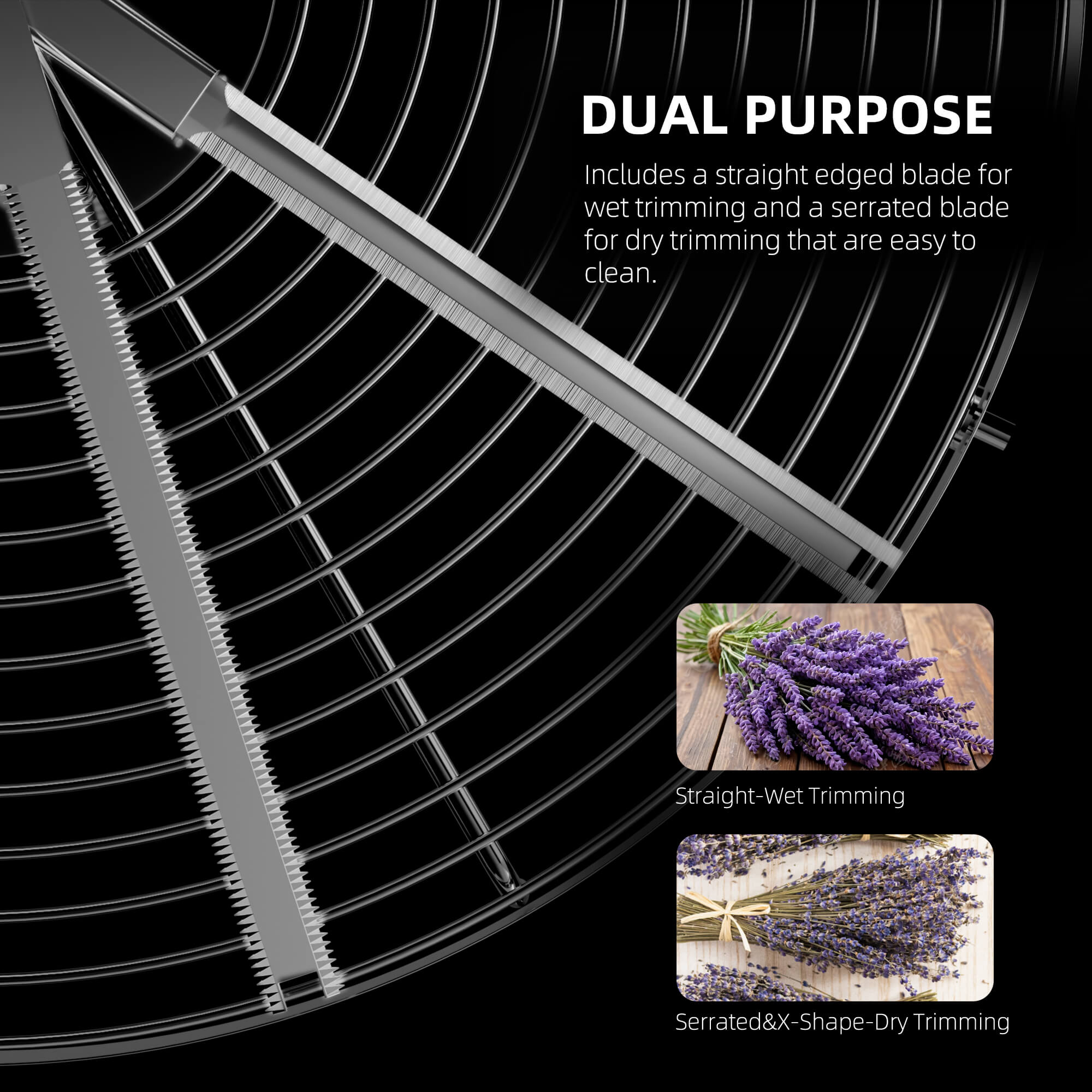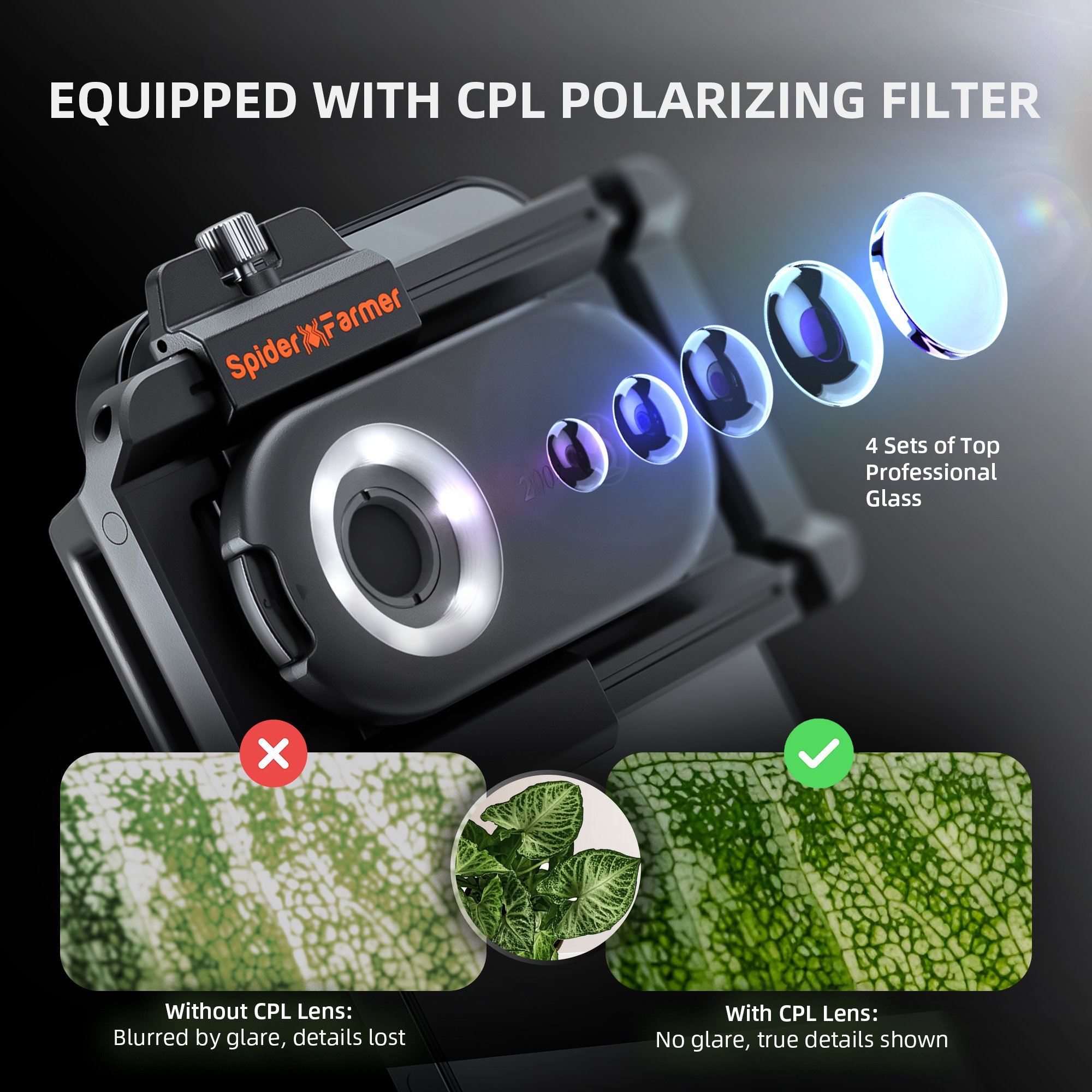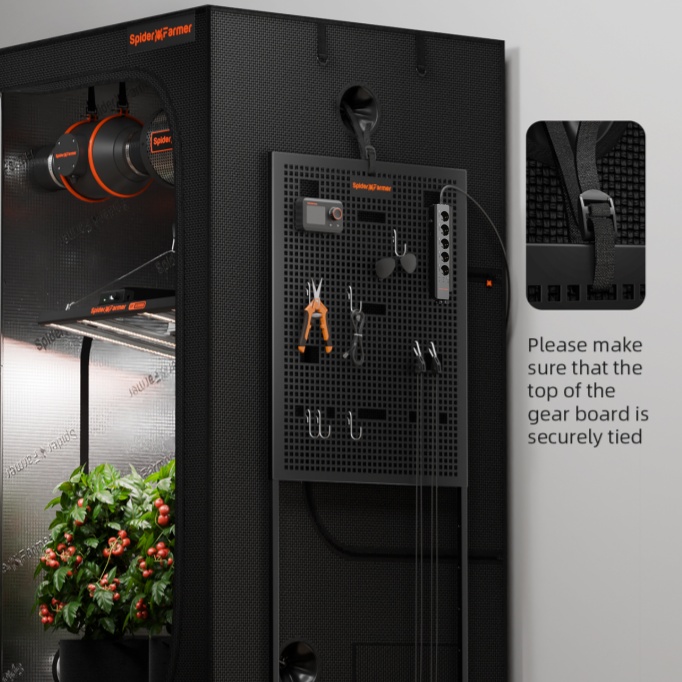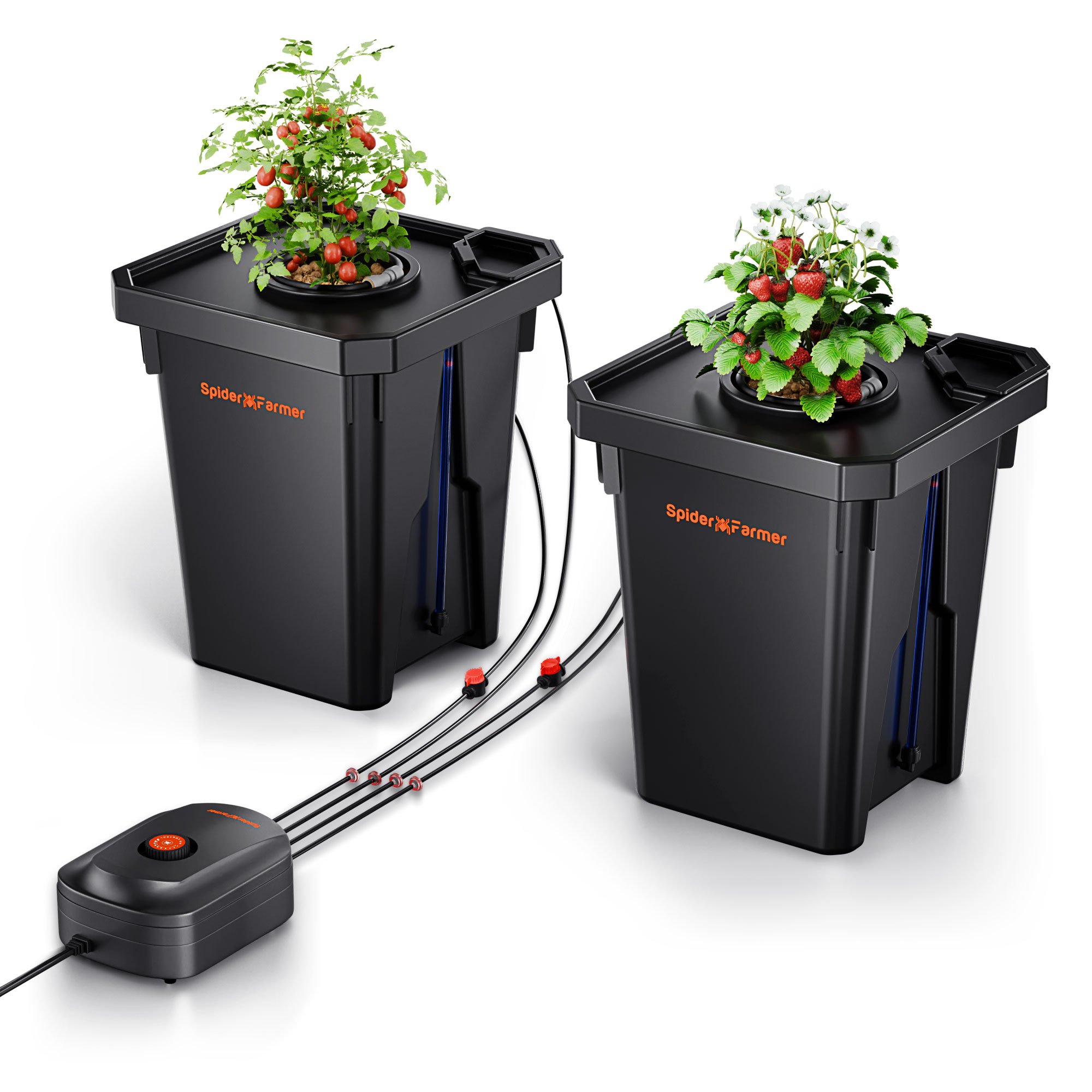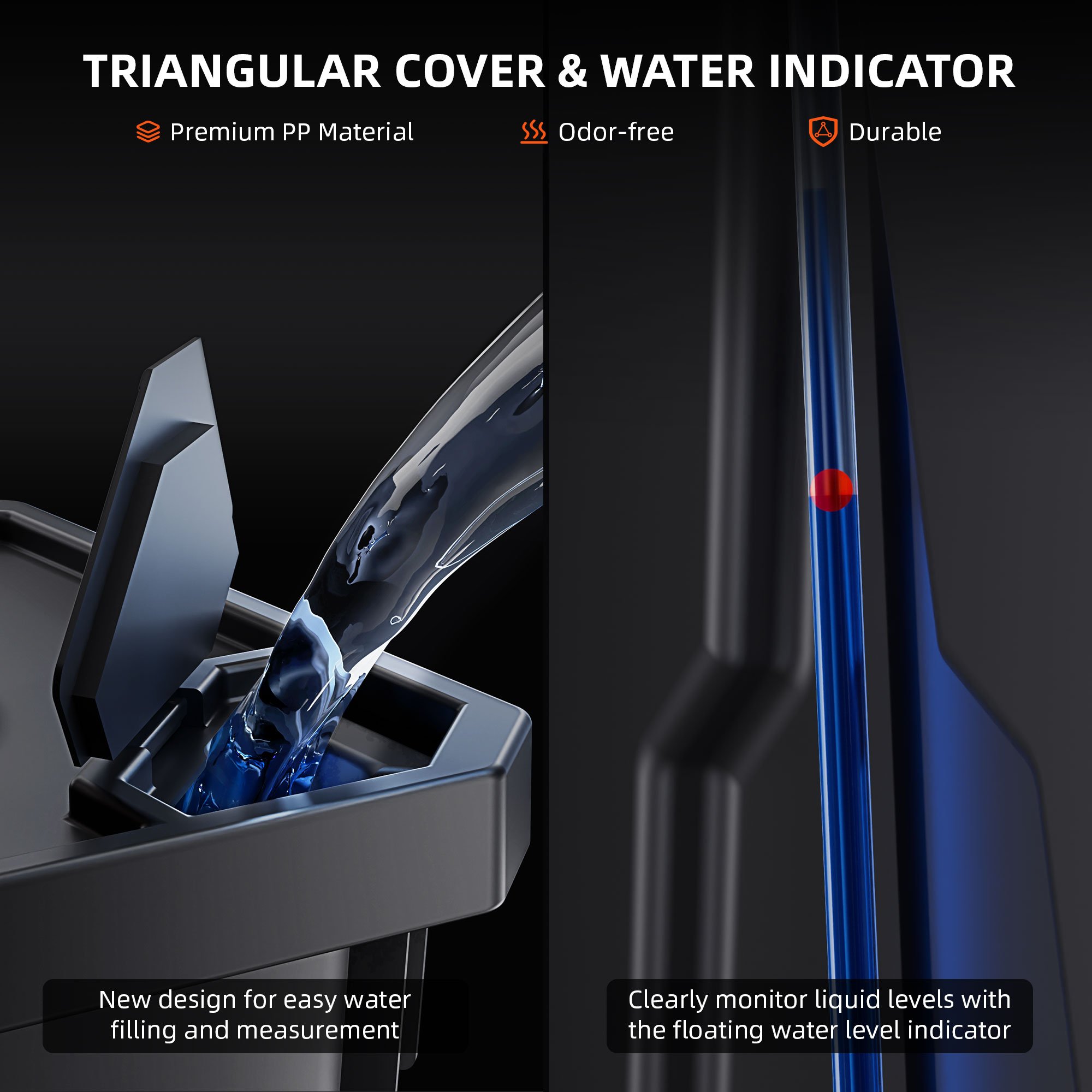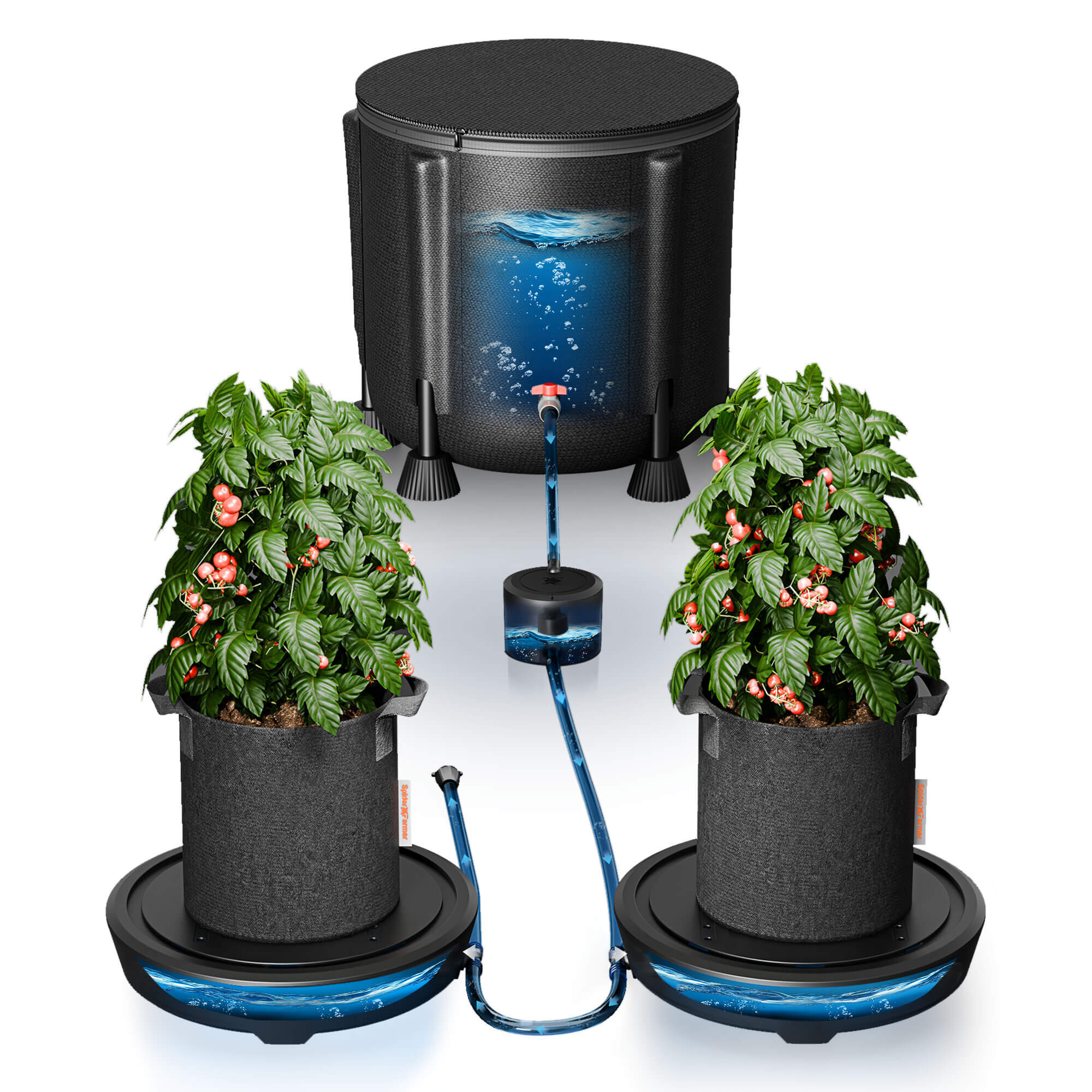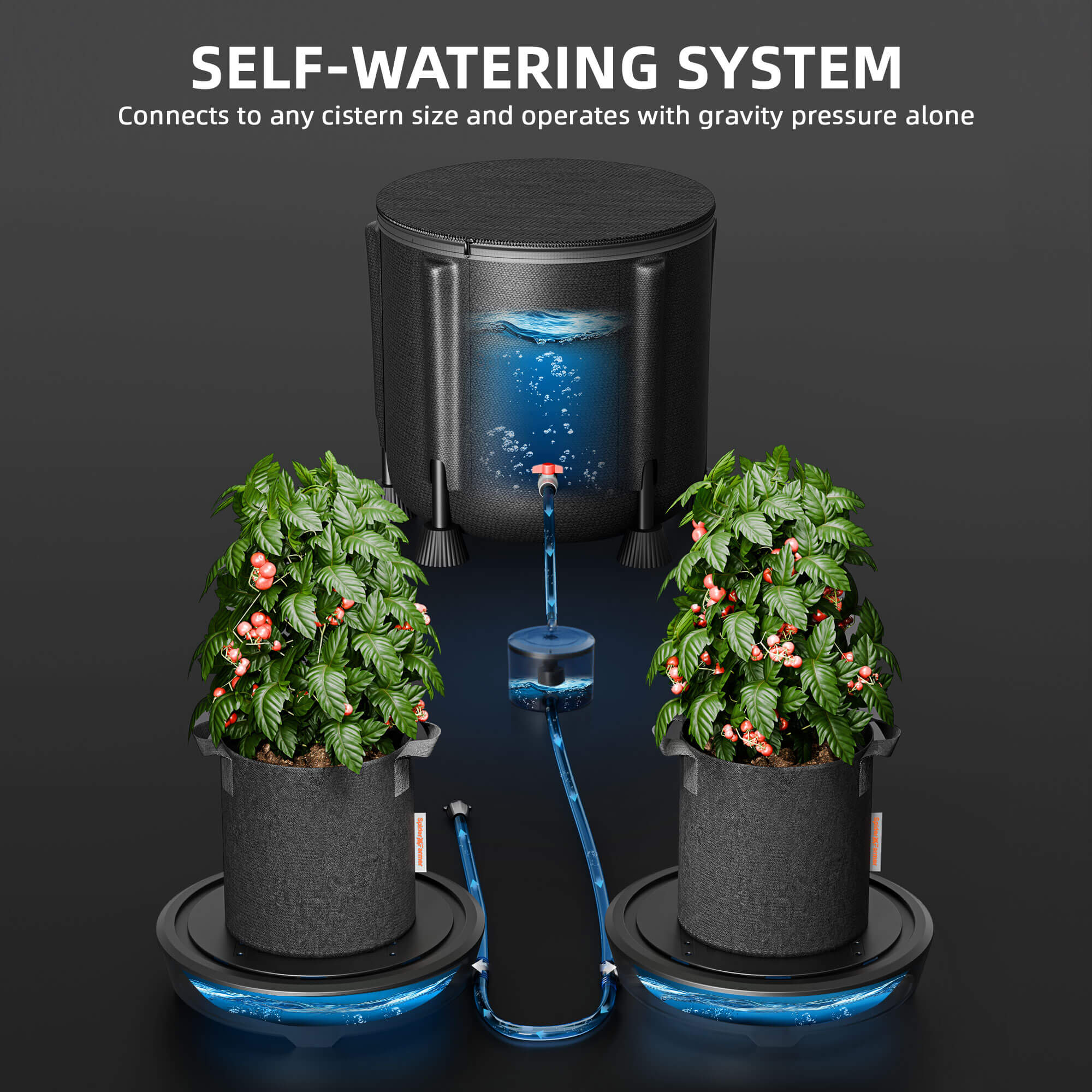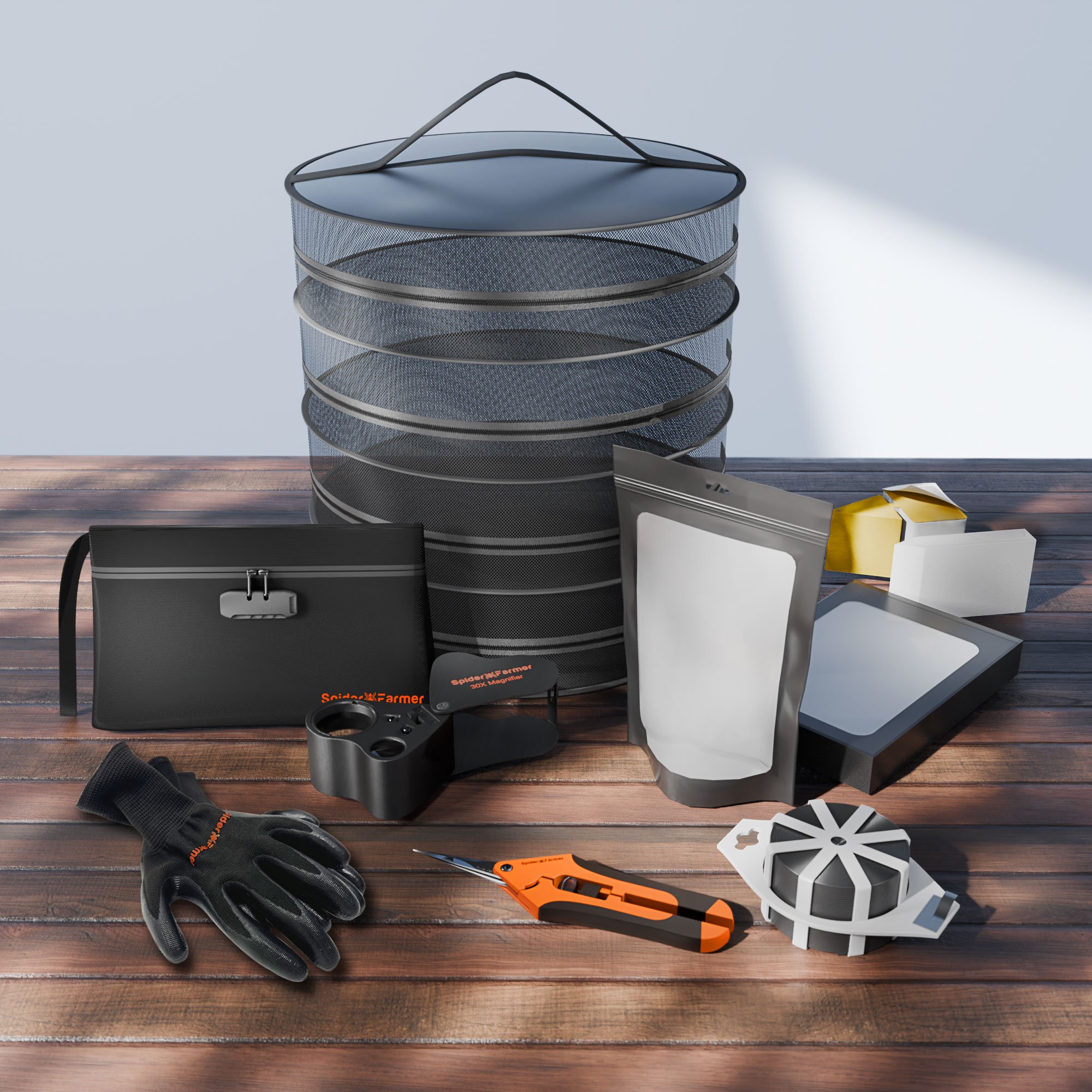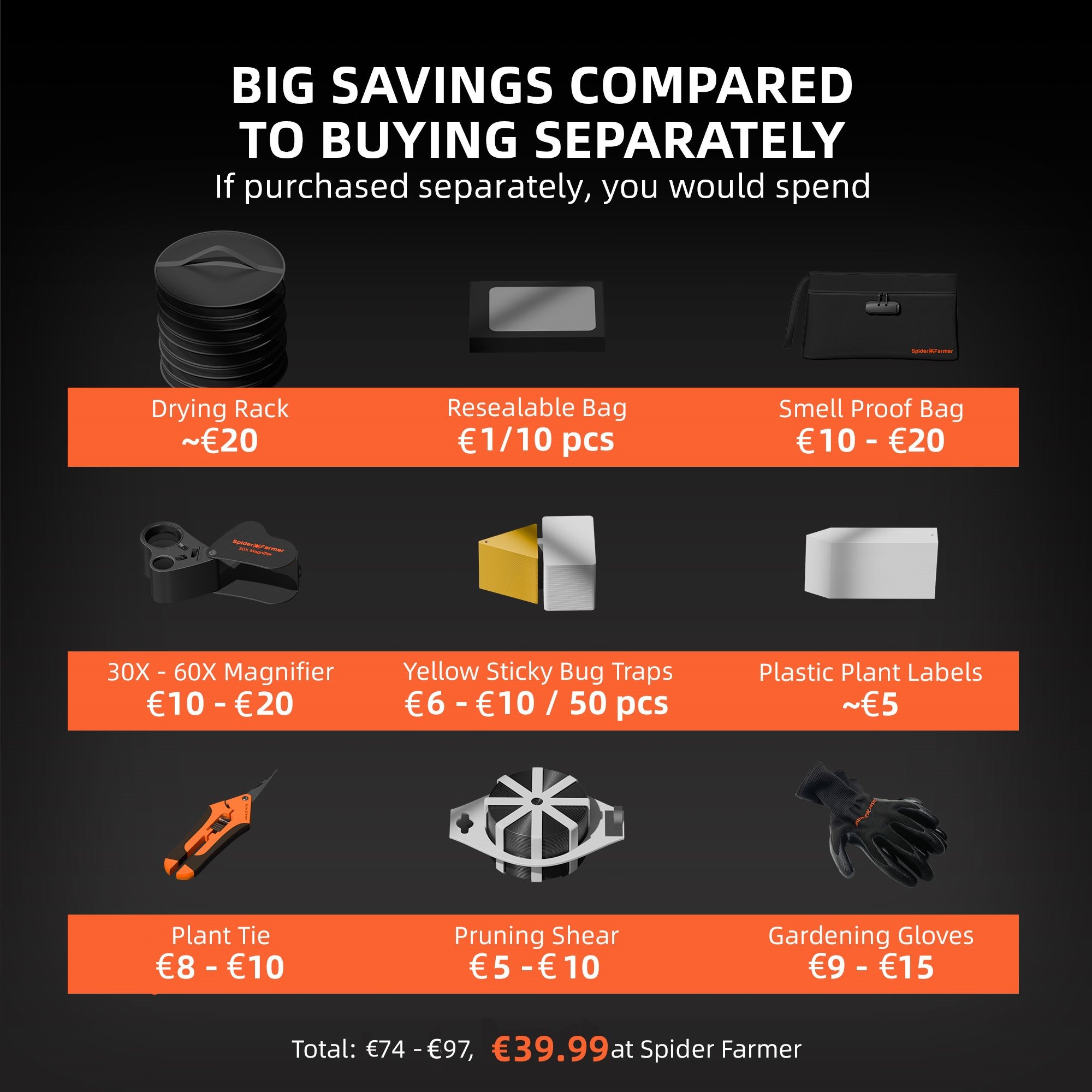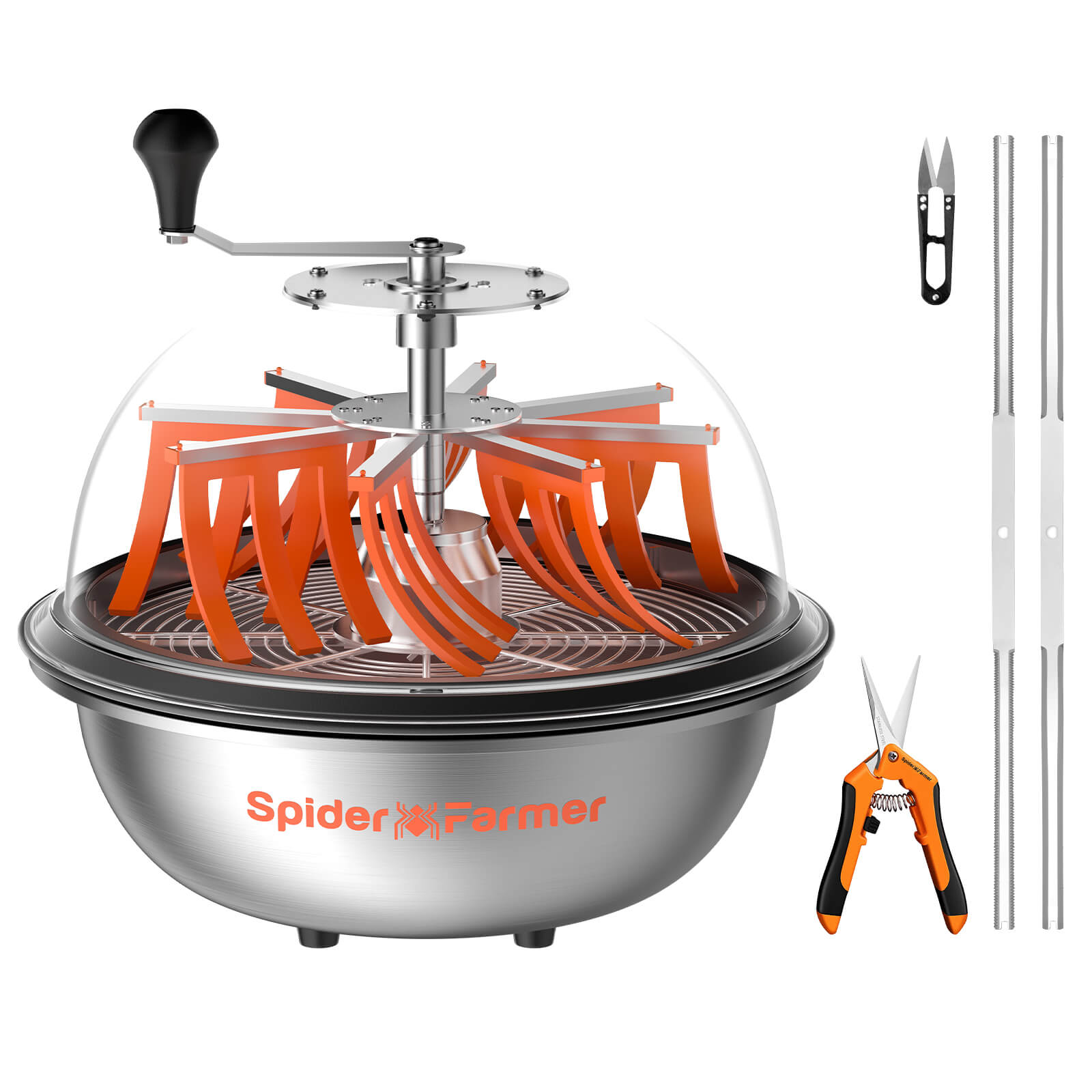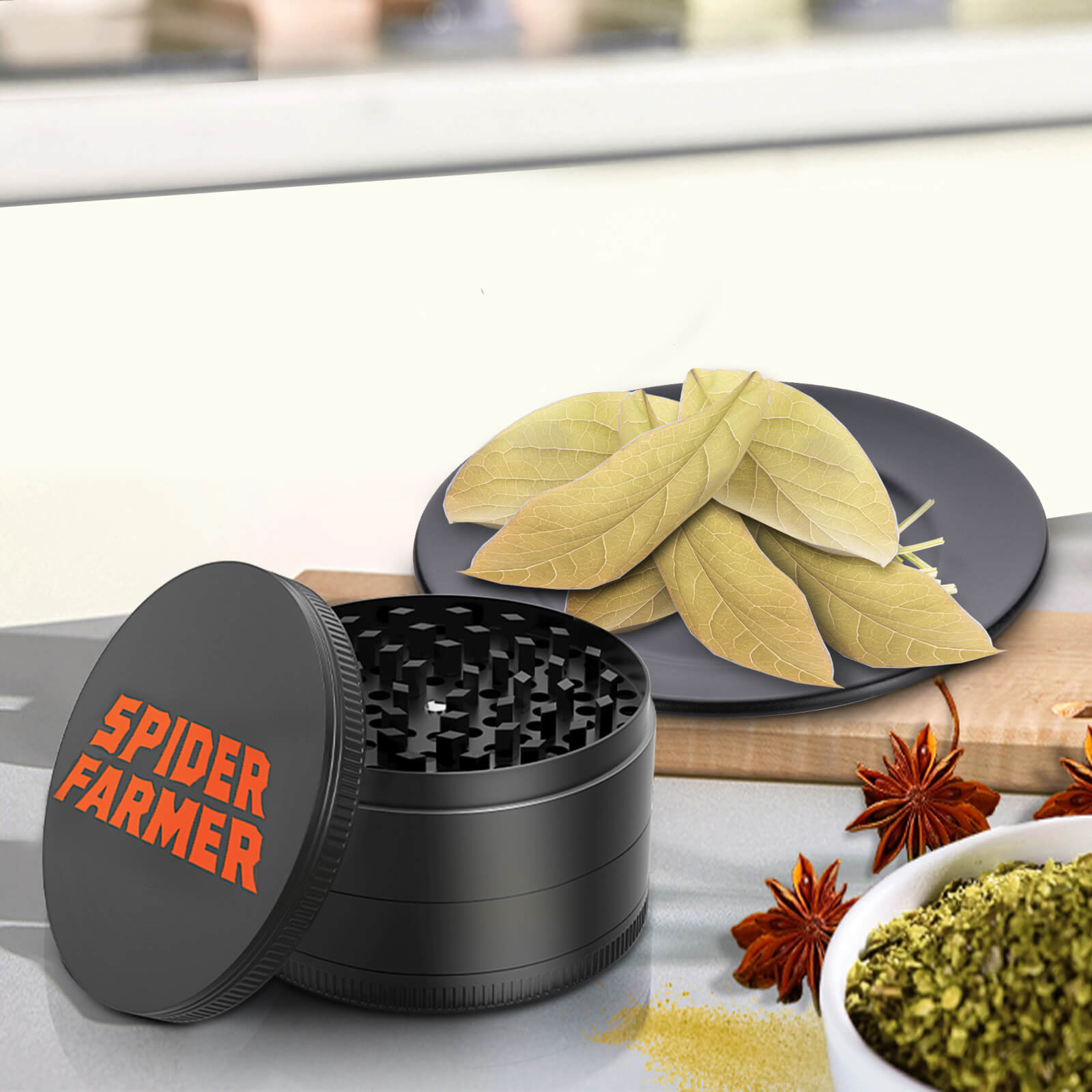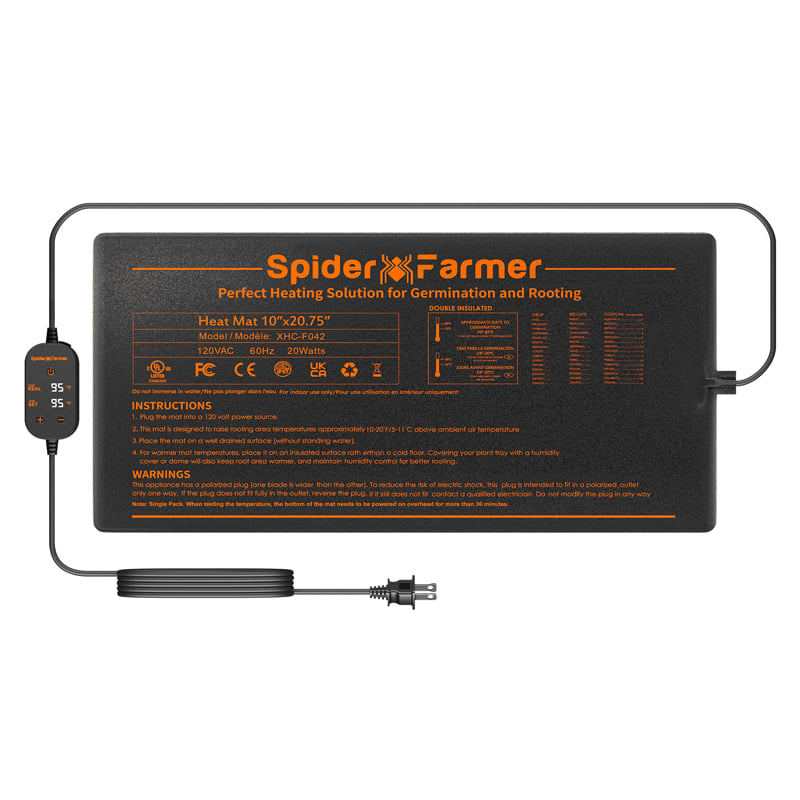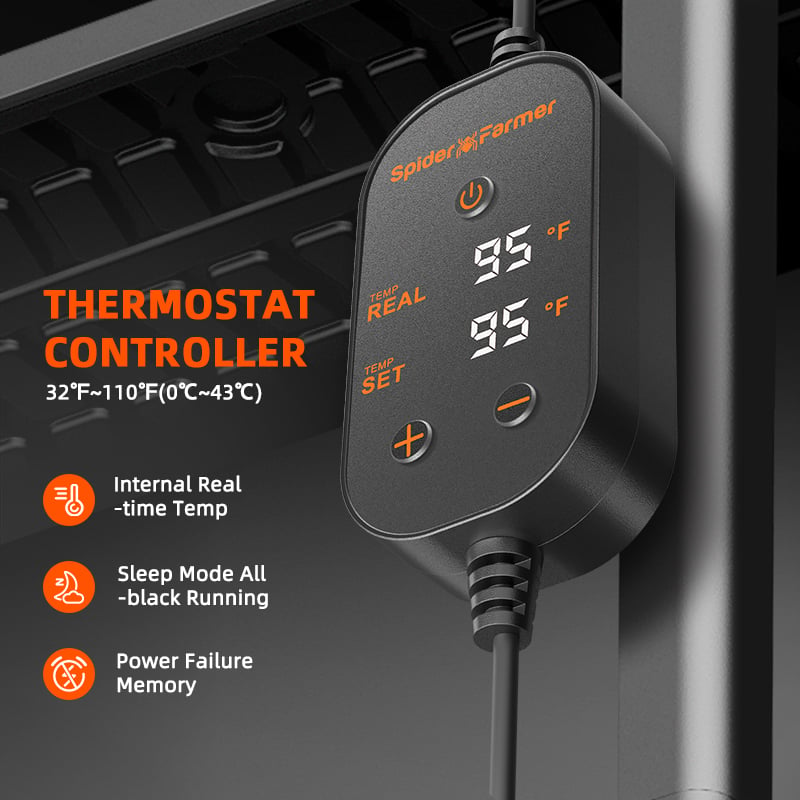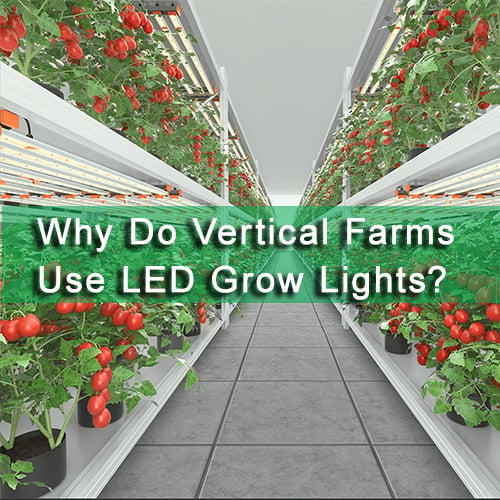Vertical farms are a modern solution to growing crops at a personal or industrial scale. They are efficient, space-spacing, and (according to Refond Optoelectronics), increase crop yield by up to 10 times.
According to The Guardian, more than 2,000 industrial vertical farms exist in the US, producing crops such as lettuce, herbs, and berries.
Being a completely controlled environment, with Led grow lights and carefully regulated temperatures, these farms operate 24/7 and produce a reliable stream of produce year-round.
Keep reading to learn what is vertical farming and why LED grow lights are important for vertical farms.
What is Vertical Farming?
Vertical farming involves growing crops vertically in tall, narrow towers with stacked layers. Generally, vertical farming uses aeroponic or hydroponic growing methods, but it can also be achieved with soil.
One of the biggest benefits of vertical farming is that it requires minimal space to grow large quantities of crops. Because plants are grown stacked in tall towers, they require less space compared with traditional gardening.
According to Eden Green, vertical farms use 99% less land than outdoor soil-based farms, making them significantly more efficient.
It’s this reason why vertical farming is referred to as a modernized, eco-friendly solution to growing crops. It can minimize deforestation (caused by clearing space for crops) and prevent soil deterioration from overcropping.
What are the Advantages of Using LED Grow Lights in Vertical Farming?
Most vertical farms are situated indoors or in a greenhouse and use Led grow lights to achieve photosynthesis. The towers have a waterspout running through the center to get moisture to the plants.
Using LED grow lights in vertical farms offers many benefits, including:
1. Reduces Production Costs
Using LED grow lights in vertical farms is one of the most efficient ways to ensure plants get the warmth and light they need. According to a Washington Post interview with 80 Acre Farms, crops grow significantly faster with LED grow lights compared to traditional farming outdoors. This allows the average grower to produce four times as many crops for the same or at a lower cost.
2. Increases Crop Yield
Growing crops in a greenhouse or outdoors and relying on the natural elements can be rewarding, but tricky. Frequent temperature changes and unexpected adverse weather during the growing season can disrupt yield.
Using LED grow lights ensures your plants consistently receive the right amount of warmth and light, which guarantees success and significantly increases your yield. Some studies have suggested vertical farming can produce up to 10 times as many crops as traditional farming.
3. Offers Flexibility & Full Control
Another reason why you should use LED grow lights in vertical farms is because of the flexibility and control they offer. Every plant has different sunlight requirements.
For example, tomatoes require between 6-8 hours of direct sunlight daily (source), whereas onions need 12-14 hours (source). With artificial lights, you can easily limit the light intensity and exposure on each layer to ensure every plant gets what it needs to thrive.
4. Ensures Even Distribution of Light
All plants require light to grow and produce a good crop. Vertical farming couldn’t effectively exist without LED grow lights. Because crops are grown stacked, it’s near impossible to ensure natural light evenly reaches the plants on each layer. Using grow lights is the only way to ensure that all the plants on each stacked layer get the sunlight they require to thrive.
What Kind of Grow Lights Can I Use for Vertical Farming?
Vertical farms require a certain type of Led grow lights. There are three key features you’ll need to look for when choosing the best led grow lights for you: shape, spectrum, and close-to-crop. Here are the most important things to look for in a grow light for vertical farming.
1. Close To Crop
You should only use grow lights that can be kept “close to crop” in vertical farms. These lights have a multi-layer fixture that removes heat produced by the LEDs via integrated water cooling. This function directs heat away from the crops, which prevents excessive temperatures and poor ventilation between the layers.
2. Adjustable Light Spectrums
One of the most important things your grow light needs for vertical farming is an adjustable light spectrum. This enables you to control the conditions to perfectly suit the growing phase of your plants. You can use this setting to automatically dim and enhance the light exposure your plant gets.
3. Shape and Span
The size and shape of your grow light matter with vertical farms. Naturally, you’ll need to ensure your light fits inside the layers, so it needs to be the right size. Rectangular grow lights are the most common design used for vertical farms. This is because they are easy to fit between the layers and ensure all plants receive enough light.
You’ll also need to ensure they are large enough or have a span big enough to cover all plants within the layer. Check the measurements of your grow light and its reach before purchasing. Most Led grow lights should be kept between 2-12 inches from a plant to ensure maximum benefit.
Summary
Most vertical farms use LED grow lights to ensure each crop layer gets the sunlight they need to produce a high yield. Without grow lights, urban vertical farms wouldn’t be able to run effectively.
When choosing the best grow light for vertical farming, ensure you choose a product with energy-efficient bulbs, close-to-crop water cooling, and adjustable light spectrum features.
At Spider Farmer, our entire collection of led grow lights are suitable for use in vertical farms. Shop our LED grow lights today.


